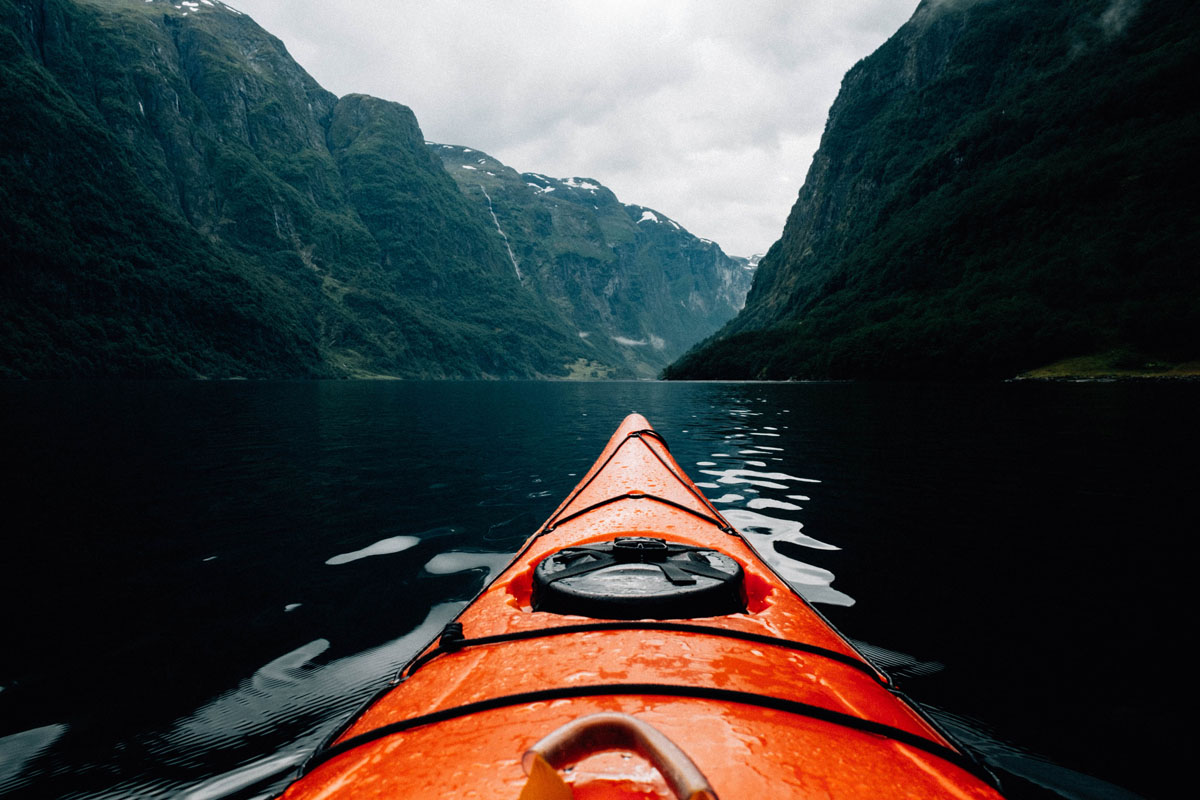While kayaking can be an excellent way to unplug from the stress of our daily life, you need to know a few things if you want to really enjoy your upcoming trips safely. Knowing how to maintain and repair your kayak is one of those. But what glue should you use for a safe DIY job?
The best glue for kayaks has to be water-resistant and highly durable. Marine-grade epoxy is suitable for hull repairs. Alternatively, you can use a heat gun to melt replacement plastic and cover a hole. Contact adhesive is more suitable for attachments and repairs above the waterline.
When selecting the best glue for your kayak, make sure it can withstand hits and collisions alongside the force of water. Here is a buying guide for the best glue for kayaks.
Repairing a Kayak: What You Need To Know
Owning a kayak means you can enjoy weekends in the great outdoors in the middle of nature. However, kayaks can represent a considerable investment for any outdoorsman. And, because of the many collisions they sustain, you might find yourself repairing your kayak.
Patching up a kayak is challenging, especially if you are not sure about how they are built.
Generally, kayaks are made of HDPE (Polyethylene Plastic), an extremely durable, heat-resistant plastic. While this plastic makes sure that your kayak is safe and easy to maneuver, it is not porous. Therefore, household glues are unlikely to work!
So, you will have to invest in marine-grade glues that can withstand water pressure and collisions. Generally, durability and sealing ability are the most critical factors to look for in a kayak glue.
Below, you can find the different adhesive products to repair hull damage or attach an accessory above the waterline. However, if your kayak has a large hole or crack, you might need to use a replacement plastic piece and use a heat gun to secure it on the kayak’s surface.
You can learn more about this technique in the video below:
What To Look For in the Best Glue for Kayaks
Depending on what you need the glue for, you will be looking for different features. You can learn more about the different kinds of adhesive necessary to repair the hull of a kayak, place an attachment above the waterline, or fix new seats and pads in the sections below.
Glue To Repair Kayak Hull Damages
When repairing the hull of a kayak, remember that this part of the canoe tends to stay below the waterline. Thus, it is often subject to collisions and water pressure. Cracks and holes below the waterline should be repaired by an expert with a thorough understanding of materials. After all, a subpar job can risk your safety!
In terms of glue, the best one to use is marine-grade epoxy, which easily sticks to plastic. When applied, this kind of glue dries extremely strong and creates a watertight seal.
When applying this glue, you should always start by thoroughly cleaning the area and sanding the surface to increase the adhesive power of the bond. Once applied, you need to let it cure for at least an hour.
Glue for Repairs Above the Waterline
It is not uncommon for anglers to install a fishing pole holder on their kayak. You can easily install these accessories by yourself with glue that is strong enough. For this project, you might consider a contact adhesive.
However, once you have installed the accessory, it is crucial to seal the area! This technique will help preserve the hull’s integrity and increase the kayak’s safety. For this step, you can use general-purpose sealant or silicone.
Glue for Installing Kayak Seats
A kayak can last for years, but you might wish to make a few modifications to better suit your needs. Luckily, you can easily do so without the help of an expert! To add extra foam pads or seats on your kayak, you just need a strong contact adhesive spray.
Even in this case, you should always use a waterproof product, suitable for the kind of material you are applying it to.
Conclusion
You can repair your kayak by yourself with the right tools and glue. The best bond for a kayak is the one that creates a watertight seal. It should also be durable enough to withstand the various collisions below the waterline.
If you only need glue to fix a new accessory or install an extra seat, you might consider contact adhesive spray and sealant.

